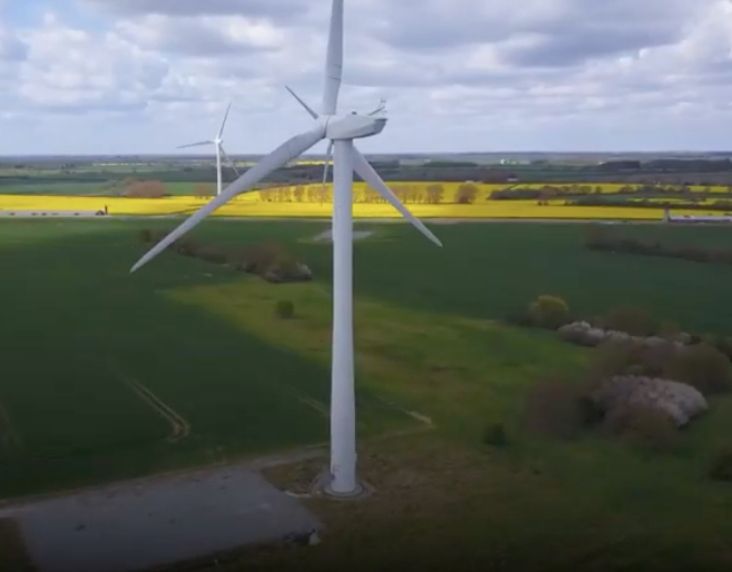Maintenance, repair, and overhaul (MRO) services in aviation are essential to ensure the safety and reliability of the aircraft and its components. It involves cleaning, inspection, repair, modification, or replacement of components to maintain the airworthiness of the aircraft. It is highly regulated with standards set by aviation bodies like the Federal Aviation Administration (FAA) and European Aviation Safety Agency (EASA).
Regular maintenance is mandatory in preventing failures. Scheduled or planned maintenance is defined by the original equipment manufacturer (OEM) based on the flight hours or flight cycles. However in-flight events can demand unscheduled or unplanned maintenance which forces aircraft on ground (AOG) and is a cost multiplier to the airlines.
Maintenance typically costs 10-15% of total airline operational costs which includes line, airframe, engine, and component maintenance. Activities range from 40 to 50,000 person-hours based on the type of maintenance checks. Airlines incur a financial burden with every minute the aircraft is on the ground. Hence, they are on a continuous quest to find ways to reduce maintenance costs and maximize uptime.
Per our internal research the global MRO market at ~USD 90 billion in 2019 was abruptly impacted by COVID. With aircraft grounded, airlines deferred maintenance to cut down costs. MRO spending fell by ~45% in 2020. Increased air travel post covid is helping the MRO sector to rebound with full recovery expected by 2024. The current global fleet size is ~27,000 and is expected to increase to ~36,000 by 2030 which will accelerate the demand for MRO. The MRO market at ~USD 74 billion in 2022 is expected to go as high as USD 120 billion by 2030.
While maintenance needs for deferrals and aging aircraft are currently aiding the growth of the MRO, the sector is hampered by challenges such as labor shortages, supply chain disruptions, legacy systems unable to cope with increasing demand, sustainability targets, upskilling needs for a newer fleet of aircraft, and higher lead times with manual work. Maintenance activities like scheduling, planning, inventory and repair tracking, contract and warranty management, parts procurement, task card entry, and signatures are manual and paper-based leading to inefficiency and higher turnaround time (TAT).
Digital transformation of MRO/ MRO 4.0 is the need of the hour to address current challenges with recovery and increasing demand. Embarking on this digital journey will help MROs to optimize maintenance, increase efficiency, reduce turnaround time (TAT), and cost to stay competitive.
Here are some of the technologies that are paving the way for digital transformation in MROs.
Internet of Things, Artificial Intelligence, Machine Learning, Advanced Analytics:
- Aircraft health monitoring system (AHMS) captures on-flight data using sensors, analyzes it to predict maintenance needs, and make informed decisions.
- Digital twin monitors, alerts and reduces asset downtime through condition-based maintenance.
- Natural language processing (NLP) identifies recurring defects and provides solutions based on prior/ similar part history.
- Computer vision for inspection of parts to detect anomalies.
- Guided diagnostics for troubleshooting.
- Interactive chatbots for query resolution.
- Artificial intelligence/machine learning for spares forecasting and inventory optimization.
- Optimization of human-led operations with artificial intelligence and video analytics.
- 5G for low latency and exceptionally reliable connectivity.
Blockchain:
- Digital cradle-to-grave parts traceability. Tracking parts throughout their lifecycle with complete information and history tied together from manufacturing to aftermarket operations.
- End-to-end security and encryption of highly regulated data with controlled access.
- Creation of a digital ledger to publish and share incorruptible data with a single source of truth.
- Enable consistent aircraft and engine configuration data across the original equipment manufacturer (OEM), airlines, and MRO.
AR/VR, Metaverse:
- AR and VR technology for training technicians. Use wearable glasses to assemble and disassemble 3D models of aircraft parts virtually.
- Remote assistance by an expert stationed at a different location.
- Guided visual instructions while performing a maintenance activity.
- Collaborate in real-time for inspections or repairs.
- AR enabled digital task cards for hands-free operations.
Digitization and Digitalization::
- Use of MRO software to enable a paperless and digital MRO.
- Integration of MRO software with ERP and other planning and execution applications for a continuous stream of data flow between various systems.
- Automation and optimization of maintenance activities (creation of work order, task card).
- Digital technical publications with access on portable devices like mobiles, tablets.
- Control towers and dashboards for increased visibility to MRO and airlines.
- Integrated supply chain with RFID tags for remote monitoring of parts throughout the overhaul phase.
- eProcurement-as-a-service (ePaaS) to automate supply chain transactions and procurement process.
- Real-time monitoring of energy through smart meters and energy command center.
- Traceability of used serviceable material (USM).
- Cloud migration to access data anywhere and avoid high capital expenditure/ operational expenditure (CAPEX/OPEX) expenses.
Technology will restructure the traditional way of aircraft maintenance. With increased adoption, new use cases will emerge to solve current problems with decisions driven by data.
Tech Mahindra with its rich experience in domain and technology is enabling OEMs, airlines, and MROs in embracing digital advancements. As a technology partner, Tech Mahindra streamlined their existing operations and implemented many of the digital solutions stated above paving the way for improved and efficient operations.
Reach out to know how Tech Mahindra can assist you with digital transformation.
About the Author
Sai Kolisetti,
Principal Solution Architect - Aerospace & Defense
Sai is a PMP and CSM-certified professional with over 17 years of experience in the A&D industry. He is equally adept at all the lifecycle stages of the A&D Product value chain having had the opportunity to work across product engineering, digital engineering, enterprise programs, and transformational digital programs.





